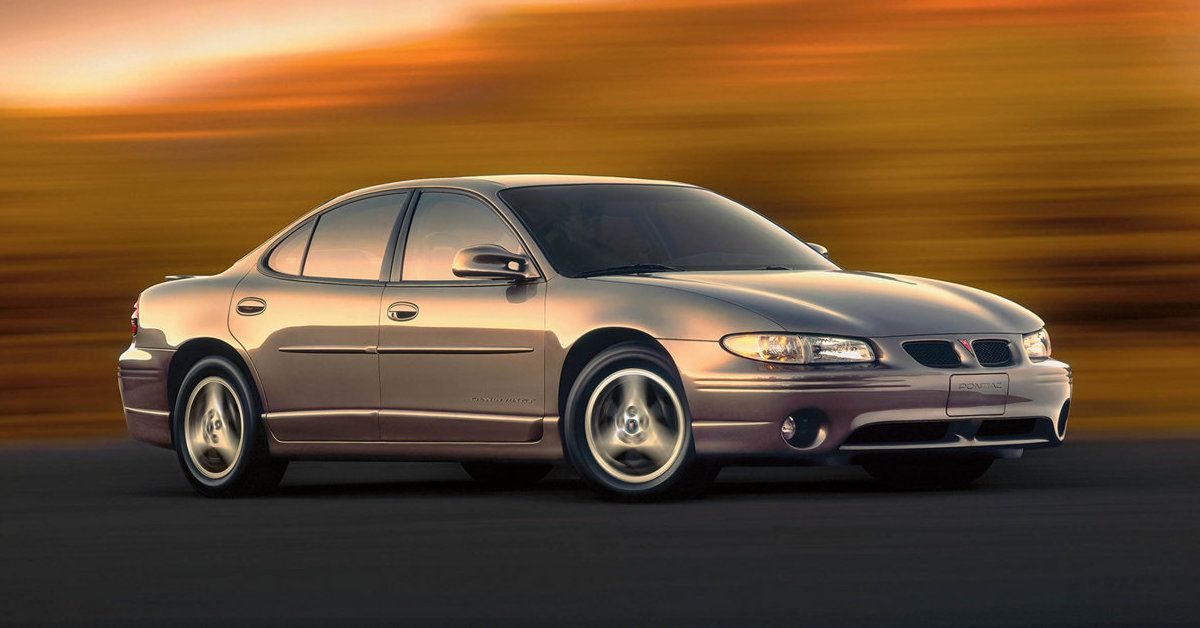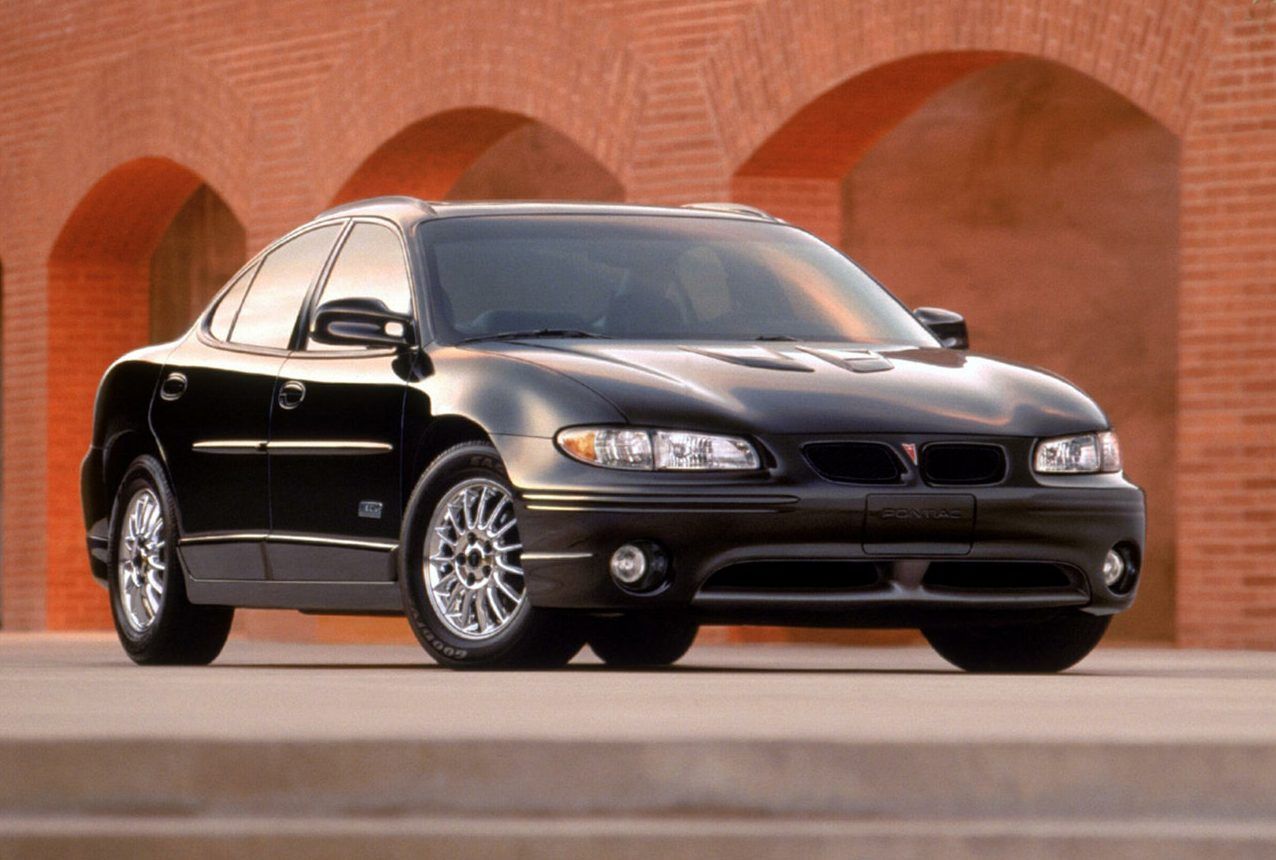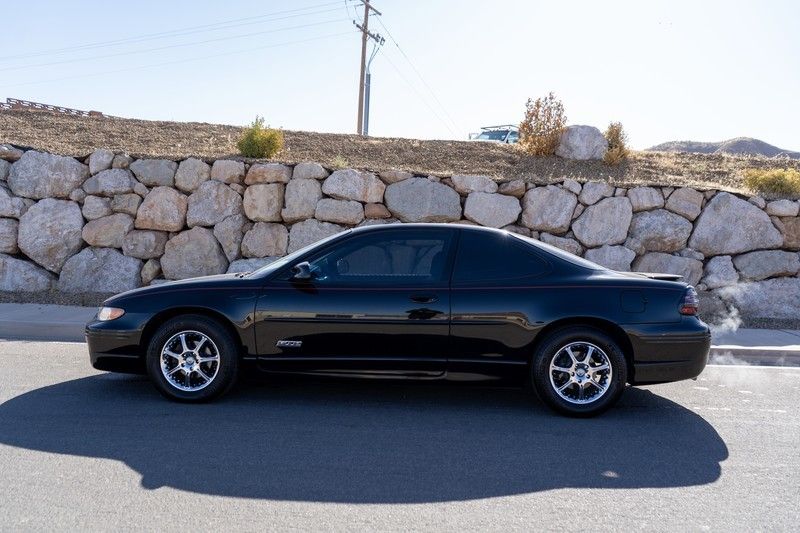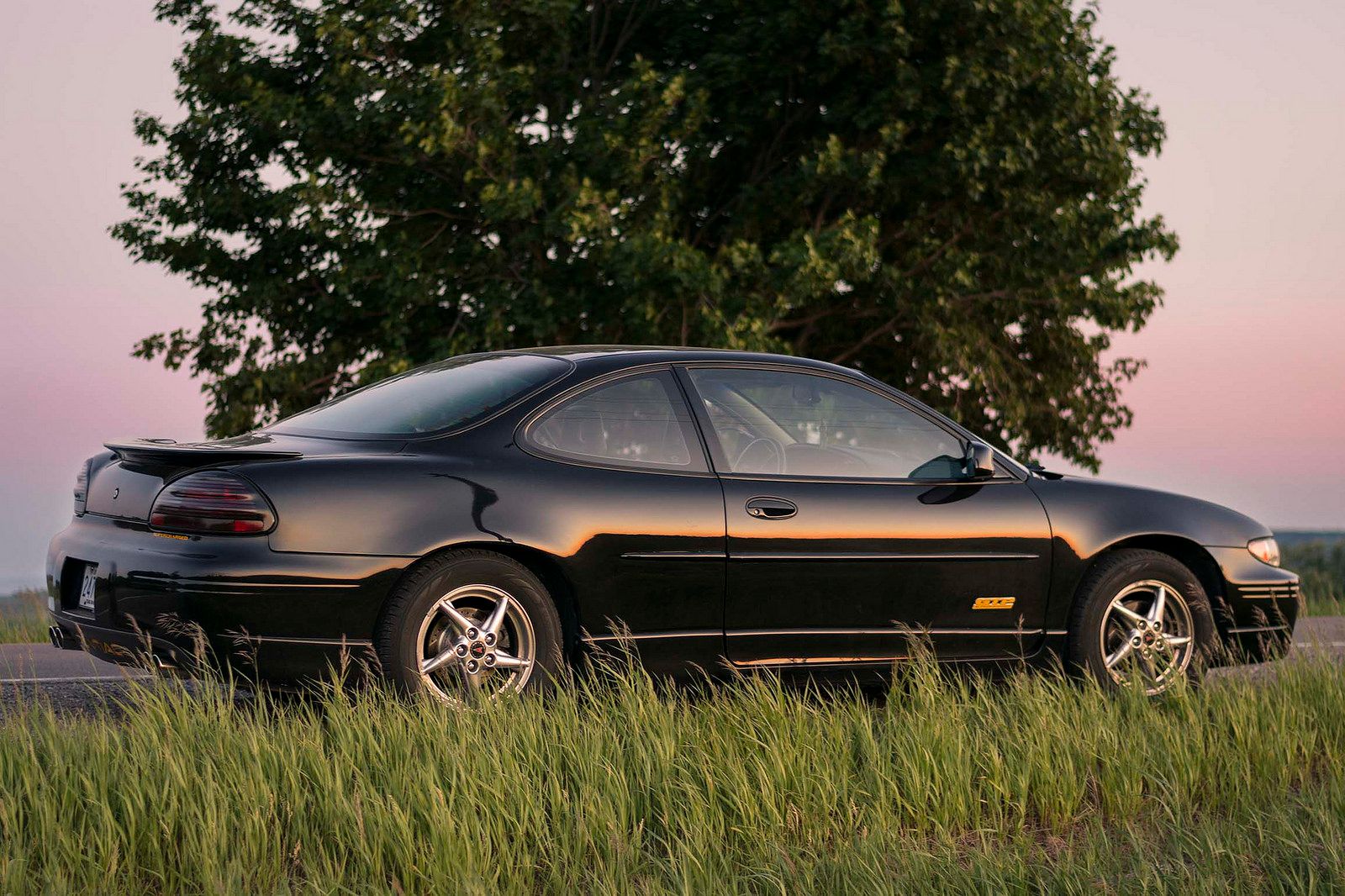When we're young, naive, and innocent, we have a certain view of the world. A more positive, optimistic outlook. We see things for what they can be rather than what they are, and we give lots of things a chance. But then time passes, we grow older, and we realized that the world is a lot different than what we believed as kids. It's not as glamorous or dreamy as we'd imagined, rather the opposite, filled with taxes and disappointment.
The Pontiac Grand Prix GTP (yes, this article is about a car, don't worry) embodies that idea. On its release, people fell head over heels for what it represented: the future. Back in the early 2000s, it was agile, it was sporty, it was sleek, it was everything people hoped sports cars would be. But time passed. And looking back now, the GTP isn't as impressive as we remember it.
Upon its release, the Pontiac Grand Prix GTP embodied what was to come, and people absolutely adored it, figuring it was the way of the future. So let's talk about some of the elements and features that made this car a symbol of performance.
The Styling Used Every Futuristic Design Element In The Book
First and foremost, the GTP (Grand Touring Prototype) was a coupe, and back in the 2000s coupes could be one of two things: it was either an econobox, the Suzuki Swift and Honda Civic, small fuel sippers, or it was an elongated, edgy, violent wedge that cut the air, your Camaros or Corvettes, as well as the Pontiac Firebird. There were a couple of coupes that tried to bring out the best of both worlds, like the Toyota Celica, but the GTP certainly isn't one of them.
While rounder than it's Firebird brother, the GTP still has aggressive headlamps similar to Nissan Skyline (on a less boxy frame), and the Pontiac grille that looks a bit like a BMW. It was also wide, which ended up being a selling point for the car as Pontiac hammered home the idea that wider is better.
In short, the car took styling cues from other, more sports-oriented brands. It also had a front lip, rear spoiler, and rode low to the ground. It certainly looked the part on the outside, and the features on the inside tell a similar story.
The GTP Had All The Modern Technology It Could Muster
The tech and tuning of the GTP were heavily inspired by NASCAR, which may have added to the car's appeal. As mentioned, Pontiac gave it the lip and spoiler, mainly because it's aesthetically pleasing, downforce was a bonus, but it goes further than that.
First of all, the top trim Grand Prixs came with OnStar, the handsfree phone system developed by GM, as standard. In terms of comfort, that put it a step above some of its other performance-based competitors. But you could still option in things like hood-mounted heat extractors and other race car features like roof fences, supercar features on a relatively cheap car, all of which gave the driver the feeling of sitting in a track-ready machine.
But the GTP isn't special because of that stuff, it's special because of the engine. The Grand Prix came with a 3.8L V6 engine, but the GTP threw in a supercharger, a technology rarely associated with the typical 2000s passenger car. This bumped the power up significantly, 60 horses more than the lower GT trim, though we'll come back to that in a second.
The car is packing all the equipment needed to make the GTP a symbol of the future, a sports car that would stand the test of time. But as you can probably assume either by the company going under or the fact that the car isn't as popular as other performance cars from the same era, it didn't last forever.
A Legacy That Wouldn't Stand The Test of Time
A couple of the design features I failed to mention earlier were the red brake calipers and the fake quad exhaust pipes. Pontiac pulled out all the stops when it came to designing the GTP, but they may have gone overboard, throwing every known sporty element they could on the body and then calling it a day. And the body itself is also a bit... well... dull. Take away the fixtures and you're pretty much looking at a Honda Accord or Nissan Sentra. Its design made it poster-worthy, but that's because of the flashy features.
And speaking of things that are just for show, let's go back to that 3.8L V6. Yes, it was supercharged, but with all the technology and hood-mounted heat extractors, the engine only churned out 260 horsepower. Now, back in 2001, that's not terrible, though today it's one of many older cars that just aren't fast anymore. You also have to keep in mind that the top-tier Corvettes and Camaros were breaking 300 horsepower with ease. To make matters worse, the GTP's engine was paired with a 4-speed automatic, no manual. And as a triple whammy, the car was FWD since more and more cars were heading in that direction to save on gas and improve handling, though that wasn't enough. The GTP still had some issues with wheelspin, weight distribution, and understeer. Simply put: this performance car didn't perform.
It's not a terrible car, but Pontiac overdesigned all the wrong elements. The interior seemed more luxury-oriented rather than sporty, packed with creature comforts over performance parts. The car sold based on what you looked like, and at first, the car certainly was cool. It wasn't a sloth either, not by2000s standards, pulling 0-60 in about 7 seconds. But that 260 horsepower doesn't live up to today's expectations, especially since you can buy a top trim Toyota Camray with more horsepower. Oh, how the mighty have fallen.




